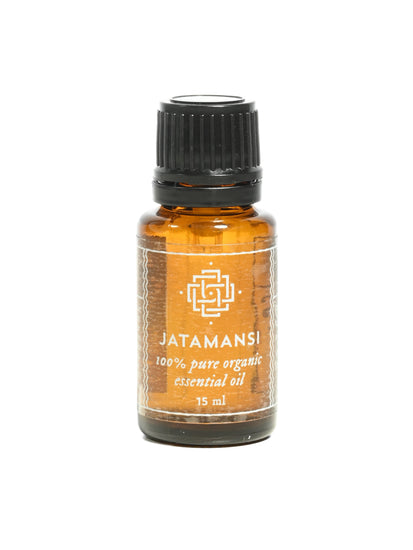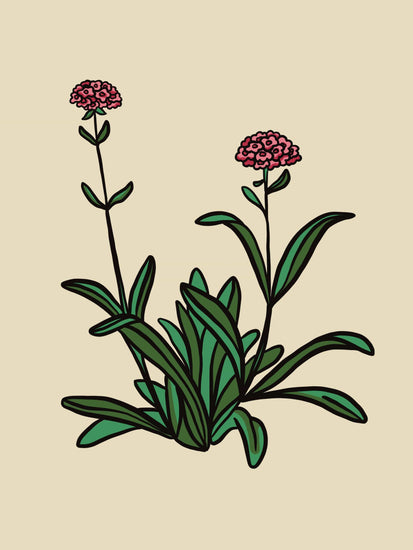Botanical Name: Nardostachys jatamansi
Description: Jatamansi or Himalayan Spikenard is a soft, aromatic herb with a strongly pungent rhizome root. It is native to the mountainous regions of Northern India, as well as China and Japan. Spikenard oil (Jatamansi oil) is one of the most effective essential oils for supporting a calm mind and balanced nervous system. Spikenard (Jatamansi), calming and grounding, is highly revered for its ability to support deep sleep and help one work with and release subconscious trauma. Jatamansi oil is similar in quality to valerian, but is less dulling in its effects with a sweeter and more pleasant fragrance.
Of Interest: Looking like a dreadlock, this fragrant root is known as a "yogi herb", used by yogis for millennia for it is said it increase awareness and is traditionally used by meditators to "ground the mind". Valued by Ayurvedic and Himalayan physicians for its powerful sedative properties as well as for its soothing effect on the skin and restorative effect on the hair. It is used traditionally for complexion, strength, spasmodic hysteria, nervous convulsions, nervous headache, epilepsy, and heart palipitations. In Ayurveda, Jatamansi is traditionally used in hair preparations to not only calm the mind, but to keep hair from falling out. Its earthy, scent is said to please the earth spirits. Commonly burned as incense among Himalayan dwellers to calm and sanctify the environment.
History: Jatamansi was one of the early aromatics used by the ancient Egyptians and is mentioned in the Bible in Song of Solomon, and in the Book of John where Mary used it to anoint the feet of Jesus. It has also been used historically by wealthy Roman women in perfumes and beauty preparations. The plant has been used since ancient times for ritual purposes, both in Buddhist gompas and Hindu temples in the Himalayan region. The ancient Egyptians already used Jatamansi in the preparation of perfumes and ointments. This illustrates the existence of ancient trading routes that brought this Himalayan herb to the Mediterranean. It was known in the Arab world as "Sunbol", used in Persia in purification rites, and by the ancient Greeks, where it was known as "nardos". Dioscorides attributed "warming and drying" qualities to its roots. Alexander the Great wrote about the Jatamansi aroma wafting up as his elephant trod on the fragrant Himalayan meadows. It was probably traded on along the old silk route from Pakistan, through Central Asia, to Constantinople. Jatamansi is best known to us in the story of Mary Magdalene, when she anointed Christ's feet.
Parts Used: Root
Aroma Description: Leathery, earthy and fungal, but sweet aroma
Strength: Strong
Origin: Nepal
Cultivation: Wild harvested
-
These statements have not been evaluated by the Food and Drug Administration. This product is not intended to diagnose, treat, cure or prevent any disease.
 Fair and ethically
Fair and ethically traded products
- Offering authentic, sustainable products that support artisans, their families, and indigenous ways Learn More...
 Providing a connection to the sacred
Providing a connection to the sacredarts of indigenous communities
- Consciously serving our community for over 22 years with integrity and passion Learn More...
 Living in harmoney with each other
Living in harmoney with each otherand our earth
- Reducing our use of resources with Earth conscious shipping and packaging practices Learn More...
 Fair and ethically traded products. Learn More
Fair and ethically traded products. Learn More
- Offering authentic, sustainable products that support artisans, their families, and indigenous ways Learn More...
 Providing a connection to the sacred arts of indigenous communities. Learn More
Providing a connection to the sacred arts of indigenous communities. Learn More
- Consciously serving our community for over 22 years with integrity and passion Learn More...
 Living in harmoney with each other and our earth. Learn More
Living in harmoney with each other and our earth. Learn More
- Reducing our use of resources with Earth conscious shipping and packaging practices Learn More...




